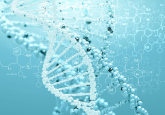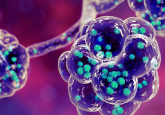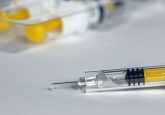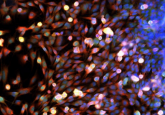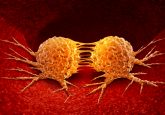Can tattoo ink help improve cancer diagnosis accuracy?

Researchers at USC Michelson Center for Convergent Bioscience (LA, USA) have used tattoo ink to develop imaging contrast agents that attach to nanoparticles and illuminate cancers, improving the accuracy of differentiation between cancer cells and normal adjacent cells.
The team described in Biomaterials Science that when attached to nanoparticles, the tattoo ink allows imaging with improved sensitivity, specificity and diagnostic accuracy, thus improving cancer cell differentiation.
Cristina Zavaleta (USC Michelson Center for Convergent Bioscience, LA, USA) and her research team developed the new imaging contrast agents by incorporating tattoo ink into nanoparticles as a ‘payload’, which travel in the bloodstream to more sensitively detect and illuminate cancers.
Zavaleta was inspired to create these imaging contrast agents by her love for art and animation, and stated:
“I was thinking about how these really high pigment paints, like gouache watercolors, were bright in a way I hadn’t seen before and I was wondering if they had interesting optical properties.”
This led her to the tattoo artist, Adam Sky, who enjoys working with bright dyes. Zavaleta explained:
“I remember I brought a 96-well plate and he squirted tattoo ink into each of the wells. Then I took the inks to our Raman scanner (used to sensitively detect our tumor-targeting nanoparticles) and discovered these really amazing spectral fingerprints that we could use to barcode our nanoparticles.”
Currently, cancer is estimated to affect over 38% of Americans at some point in their lifetime. Thus, early detection of cancer and correct diagnosis is crucial, to allow surgeons to identify exact tumor margins. However, this can be difficult and there are safety issues to consider when imaging using nanoparticles. It is not uncommon that nanoparticles can have a prolonged retention in organs, such as the liver and spleen, which break down the nanoparticles.
The researchers discovered that household dyes and pigments could be a unique source for imaging agents. These ‘optical inks’ are safe to consume, US Food and Drug Administration (FDA) approved and are able to easily and safely detect tumors.
“We thought, let’s look at some of the FDA-approved drug, cosmetic and food dyes that exist and see what optical properties are amongst those dyes,” Zavaleta added.
“And so that’s where we ended up finding that many of these FDA-approved dyes have interesting optical properties that we could exploit for imaging.”
The developed nanoparticles are a specific size so that they can passively penetrate cancerous areas, whilst being retained. Also, these nanoparticles can be incorporated with a larger payload of dye compared to small molecule dyes currently used in the clinic, which results in a brighter signal and significant localization of nanoparticles in tumors.
Zavaleta described:
“With small molecules, you may be able to see them accumulate in tumor areas initially, but you’d have to be quick before they end up leaving the tumor area to be excreted. Our nanoparticles happen to be small enough to seep through, but at the same time big enough to be retained in the tumor, and that’s what we call the enhanced permeability and retention effect.”
Zavaleta concluded:
“If you encapsulate a bunch of dyes in a nanoparticle, you’re going to be able to see it better because it is going to be brighter. It’s like using a packet of dyes rather than just one single dye.”
